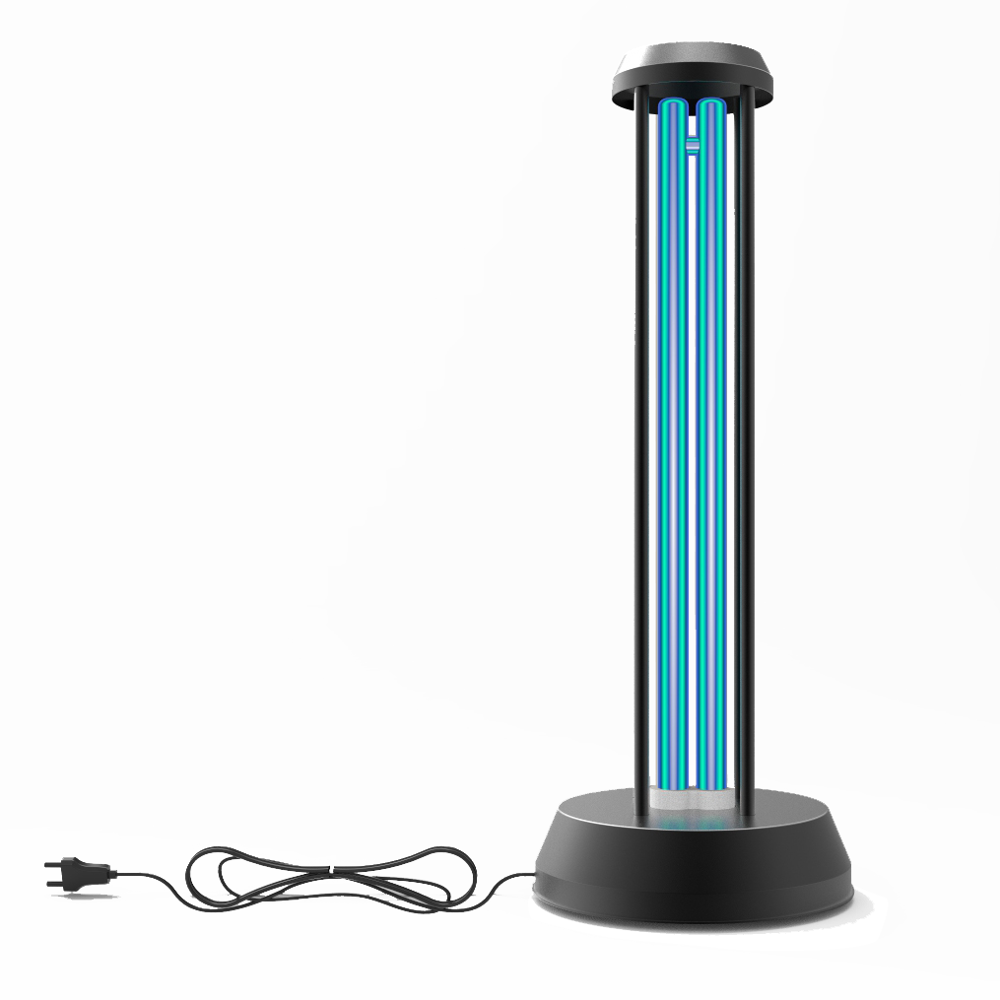
Electromagnetic radiation, primarily sourced from the sun, continuously affects the Earth. Electromagnetic radiation consists of gamma rays, X-rays, ultraviolet (UV) rays, visible light, infrared rays, microwaves, and radio waves. As the wavelength of electromagnetic radiation decreases, the energy of the radiation increases. Gamma rays and X-rays have more energy than visible light and infrared waves.
Most forms of electromagnetic radiation are harmful to living organisms, especially microorganisms. When this radiation reaches an organism, energy is absorbed by cellular components, potentially causing cell damage or cell death. This is particularly true for gamma rays, X-rays, and UV light, which are forms of high-energy electromagnetic radiation with short wavelengths. Gamma and X-rays are referred to as "ionizing radiation" because they can cause molecules to lose electrons. Ionizing radiation and high-energy short-wavelength UV radiation are not common in nature because they are absorbed by the atmosphere. This attenuation in the atmosphere is crucial for living systems on Earth.
Ionizing radiation and UV radiation have long been used as methods for microbial control due to their ability to kill microorganisms without the need for heat.
UV radiation is electromagnetic radiation with wavelengths shorter than visible light and longer than X-rays (approximately 10-400 nm). UV radiation can be divided into two categories based on wavelength: far-UV (extreme-UV, 10-200 nm) and near-UV (near-UV, 200-380 nm). Near-UV can be further classified based on its effects on human health and the environment:
Due to its short wavelength and high energy, UV radiation can kill various microorganisms. The greatest antimicrobial effectiveness of UV light occurs in the wavelength range of 250-260 nm (specifically at 253.7 nm), which is the wavelength most effectively absorbed by DNA.
The germicidal effect of UV radiation is dose-dependent. As the duration of exposure increases or the intensity of exposure increases (due to higher voltage or proximity to the light source), the number of dead vegetative cells also increases.
UV radiation has much less penetration power compared to ionizing radiation. Therefore, UV rays can only be effective when they directly reach organisms. There should be no barriers between the UV source and the environment being sterilized. Microorganisms inside solid materials or those shielded in any way from direct UV light will not be affected by UV radiation.
Niels Ryberg Finsen received the Nobel Prize in Medicine in 1903 for demonstrating the bactericidal effect of sunlight in the treatment of infectious skin diseases. In 1930, Westinghouse developed UV lamps, and numerous studies were conducted to prove their germicidal effects. Ultimately, it has been shown that UV has inactivating effects on viruses, bacteria, fungi, and Mycoplasma.
When ultraviolet germicidal radiation (UVGI) is mentioned, it usually refers to UV (UVC) at the wavelength of 253.7 nm.

The primary applications of UV lamps in microbial control are the disinfection of air and surfaces in operating rooms, laboratories, and biological safety cabinets. Additionally, they can be used in enclosed spaces where people congregate, such as daycare centers, cafeterias, gyms, and hospital rooms, to reduce the number of pathogenic microorganisms in the air and prevent the spread of airborne diseases.
UV lamp fixtures are mounted on the ceilings or walls of rooms to be disinfected, at least 210 cm above the floor (directly irradiating UV). During use, individuals present in the room must leave. Those who need to be in the room must wear appropriate clothing and eyewear. Another precaution is to place a shield in front of the fixture to prevent direct light from reaching individuals in the room (upper-air UV).
Portable UV lamps are also used for air and surface disinfection.
Furthermore, commercial systems that disinfect air using UVGI have been developed. Large commercial systems that disinfect air using UVGI have started to be used in building ventilation systems (heating, ventilating, and air conditioning (HVAC)).
Considering the general properties of UV, attention must be paid to certain points in the use of UV for air disinfection. The foremost concern is to prevent direct contact of individuals with UV light. Additionally, dust and dirt layers hinder UV transmission, so UV lamps should be wiped with an alcohol-soaked cloth every two to four weeks.
UV lamps should be replaced at certain intervals based on usage time (approximately once a year).
UVGI can be used for disinfecting materials that are not resistant to heat and moisture. However, its use in this area is limited. The reason for this limitation is that UV can only kill microorganisms directly exposed to UV light, and cannot kill microorganisms on surfaces where UV light cannot reach, such as the lumen of a needle or laparoscope.
Recently, UV has been increasingly used for drinking water production and in treatment facilities. Commercial UV units have been developed for this purpose. It has been reported that filtered clear water can be sterilized as it passes through thin quartz tubes or around a UV lamp in the center. Thus, the water can be treated without adding any chemicals or altering its taste.
To view the original and more detailed version of the academic publication on this topic, click here.
REFERENCES